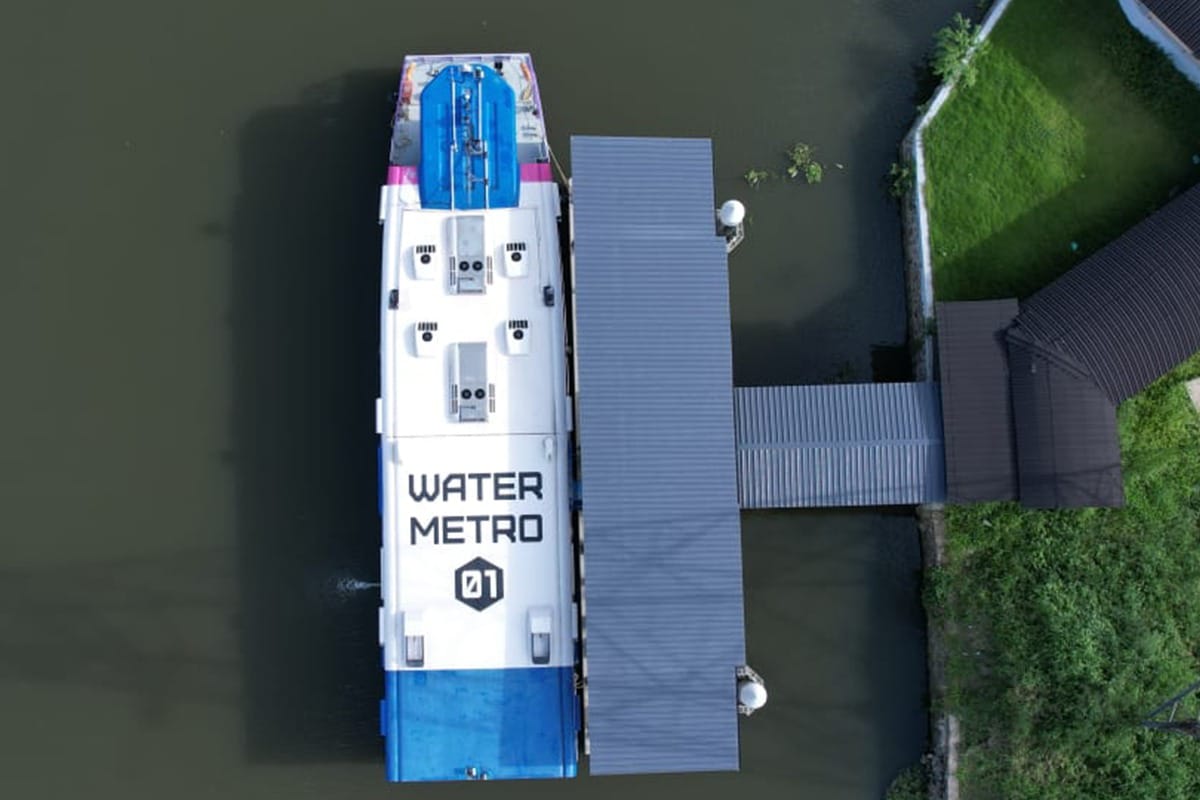New Delhi: The Modi government has been actively exploring different forms of metro systems to enhance the ease of living in cities across the country. One such innovative approach is the water metro, which will be inaugurated by PM Narendra Modi on Tuesday in Thiruvananthapuram, Kerala.
The Kochi Water Metro is a first-of-its-kind public boat service launched with a metro rail network in India. It is a ₹747-crore project implemented by the Kochi Metro Rail Corporation Limited (KMRL) with assistance from German funding agency Kreditanstalt für Wiederaufbau.
Once fully operational, the water metro will have 78 boats and 38 terminals, covering 76 km in Kochi backwaters and connecting 10 islands in and around Kochi. The water metro will cover six panchayats and three municipalities, making it a game changer for the region’s transportation and tourism sectors.
The water metro will initially start sailing with eight electric-hybrid boats in two routes – High Court-Vypin and Vyttila-Kakkanad. Operations on the first route will begin on Wednesday, April 26, and on the second route on April 28. The KMRL and Kochi Water Metro Limited (KWML) managing director Loknath Behera said the water metro would offer a world-class experience for commuters.
Apart from the water metro, the Modi government has also leveraged other forms of metro systems to enhance connectivity and infrastructure in smaller cities and towns.
For instance, Metro Lite, a low-cost mass rapid transit system, has been developed for tier-2 cities and smaller cities with peak hour peak direction traffic of up to 15,000. Metro Lite costs 40% of a conventional metro system. It is being planned in cities such as Jammu, Srinagar and Gorakhpur.
Similarly, Metro Neo has rubber-tired electric coaches powered by an overhead traction system running on a road slab with exclusive right of way. It does not require a standard gauge track and can cater to a ridership of up to 8,000 peak hour peak direction traffic. Metro Neo offers the same experience and ease of travel in terms of comfort, convenience, safety, punctuality, reliability and environment friendliness as that of the conventional metro system.
Moreover, for the first time, a regional rapid transit system connecting two cities in NCR (Delhi – Meerut) is being introduced. It is envisaged as a transformational intervention set to revolutionize regional development.
The Centre says its approach to metro connectivity in India is based on a conscious effort to avoid a one-size-fits-all approach to infrastructure development.

